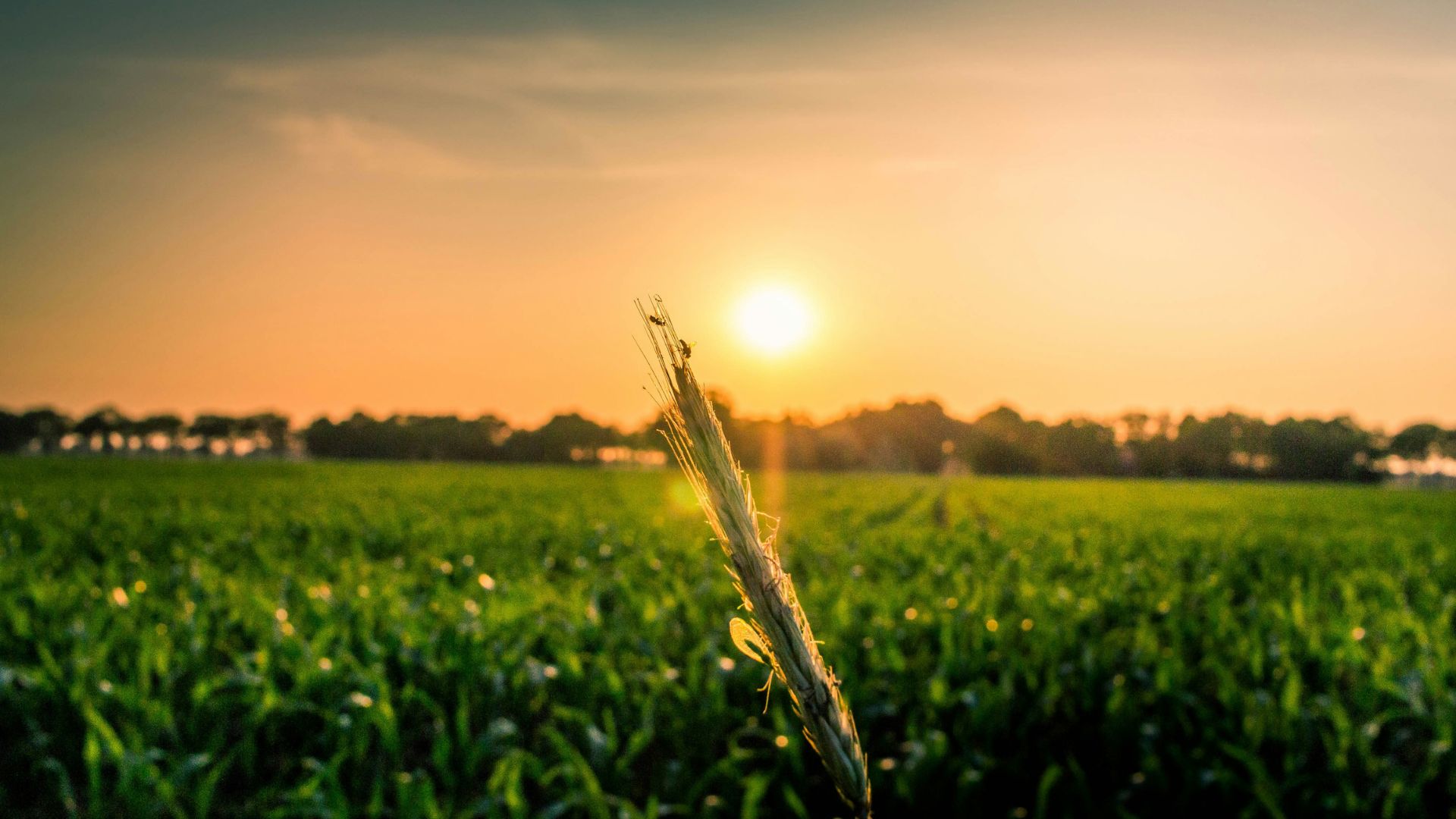A surprising issue is plaguing American farmers and beginning to affect the country’s ability to remain a superpower of food growth.
Underground aquifers have been disappearing at an alarming rate for the past 40 years. However, the absence of underground water is causing a drastic shift in farmers’ ability to water crops and feed herds to maintain a healthy food supply.
The Invisible Crisis

Unfortunately, farmers are forced to fight for the American government to recognize the underground water crisis. Because the issue has arisen from disappearing underground water sources, many people feel that it is hidden and invisible.
Instead of backing down, American farmers have brought the issue to the public eye to gain more attention on something that will affect everyone.
Underground Water Is Vanishing

Droughts, wildfires, and issues obtaining new water sources have plagued the country for the past few years. The increased temperatures in Southern California have forced state regulators to impose a water fee pump for nearby farmers.
Water scarcity concerns have touched California, Texas, Utah, Nevada, and New Mexico, Colorado, Oklahoma, and Kansas. These states have experienced record low water levels in lakes, rivers, and reservoirs.
American Crops Use Too Much Water

One of the major issues causing the aquifers to disappear is the overreliance on underground water as a source for farms for certain crops. For instance, corn is one of the most produced items in America, and it also uses more water than any other crop or animal.
As American farmers continue to rely on corn as one of their main crops, the need for water will only continue to increase as the population grows.
Dried Up Land in Kansas

The once-dusty land of Kansas was transformed during the days of early settlement into rich soil that sustained generations of farmers. The reason for the change was the discovery of the large Ogallala aquifer that extends underneath eight states.
However, over-extraction of the aquifer’s water supply over the past 100 years has reduced the supply by more than 250 feet in many areas. Most of Western Kansas sits directly on top of the aquifer and relies on it as its main source of water for farms.
Ogallala Aquifer Being Tracked by Scientists

The Ogallala is the largest underground body of freshwater in the United States. It supplies water to about 30% of all US crop and animal production.
It stretches from Kansas to eastern Colorado and the Oklahoma and Texas panhandle and covers the largest section of farms in the United States.
Extensive Research on the Groundwater

Scientists have begun tracking the height of individual wells around Kansas to record the drop in levels. The Kansas Geological Survey uses something called an index well that records water levels on an hourly basis.
Many of the wells the group monitors have declined by more than 100 feet in just a few years which has caused alarm for many scientists and geologists concerned with the issue.
Wells Are Drying up All Over the State

Because of an overreliance on the underground water supply and harsh droughts in 2022, many wells that supply large farms in the state have gone completely dry.
Farmers have resorted to bussing in large shipments of water to refill their own wells, which has caused their operating costs to skyrocket.
Groundwater Crisis Across the Country

In 2019, the country experienced a rapid loss of groundwater due to increasing droughts during warmer months.
The Ogallala reached its lowest points since the US Geological Survey began tracking its levels 70 years ago.
Industrial Scale Agriculture Has Decimated Water Levels

Many regions rely on large farms as the sole industry in their towns. Row crops like corn and alfalfa used to feed cows take up immeasurable amounts of water directly from the aquifer.
Massive farms using sophisticated irrigation techniques have been slowly draining the aquifer since the area was settled more than 150 years ago. The trade-off is a harsh reality; people need to eat, and farmers need to be able to make a living off the industry, but that leaves the Ogallala aquifer in a precarious position.
Many Farms Can No Longer Pull From Groundwater

Due to the massive use of the aquafer in past decades and the explosion of modern irrigated agriculture, many farmers who once relied on it now have completely empty wells underneath their farms.
While the aquafer could certainly replenish itself, it might take as long as hundreds to thousands of years to return to stable levels.
Many Farmers Must Move Away from Irrigated Farming

Many farms have seen drastic crop reductions in just a few years. Instead of giving up completely, they have turned to more water-friendly crops like sorghum wheat.
Expensive equipment like water gauges have been employed to reduce water use when the soil levels are still moist. However, until a permanent solution can be found, hydrology experts think more extreme efforts are needed to save the aquifer.








































